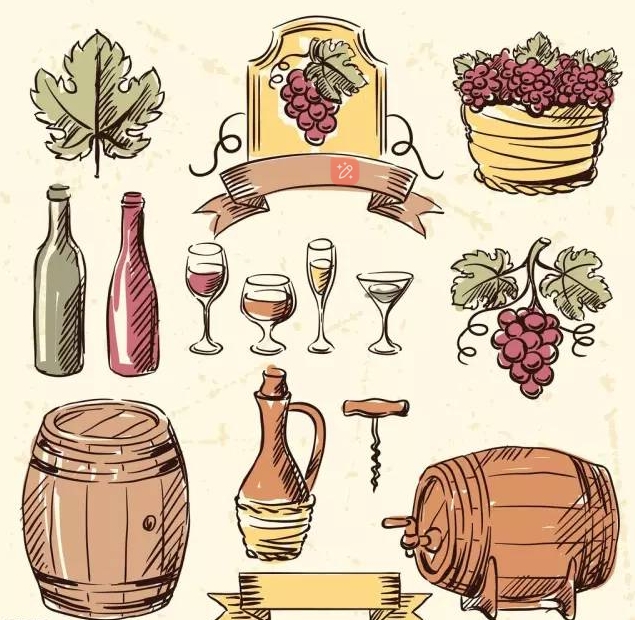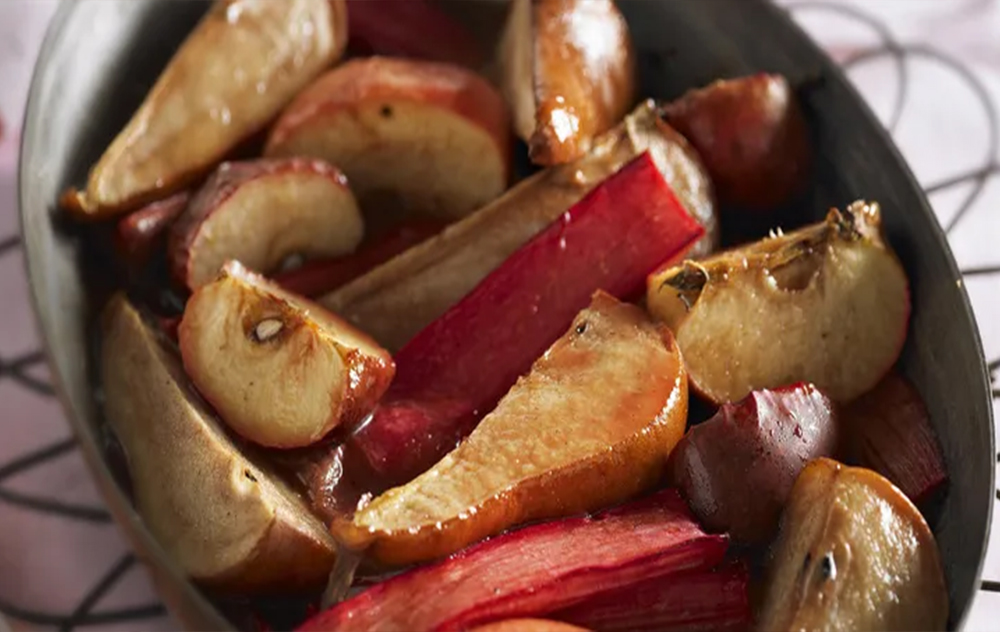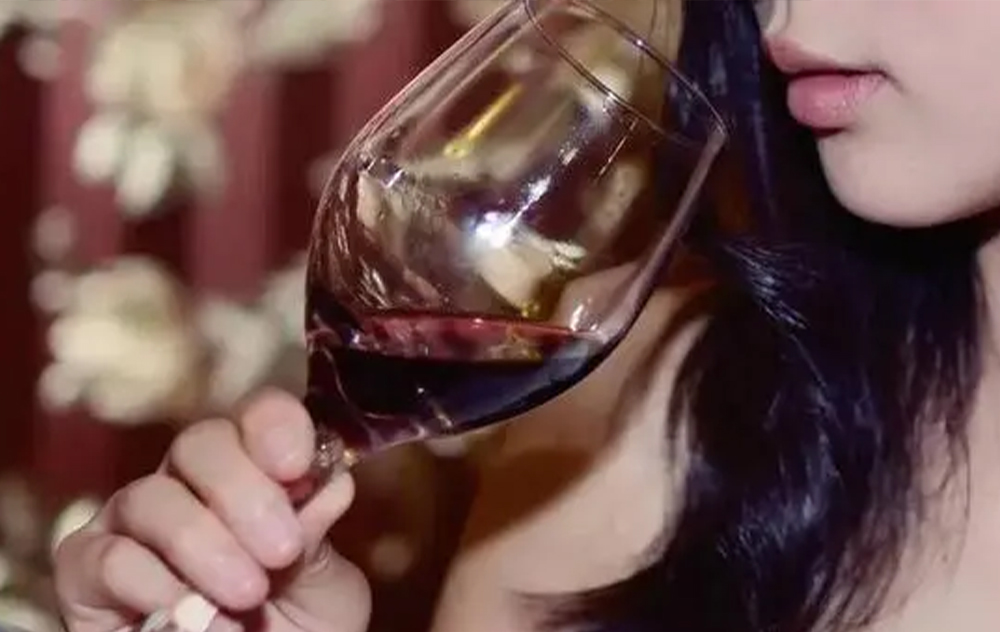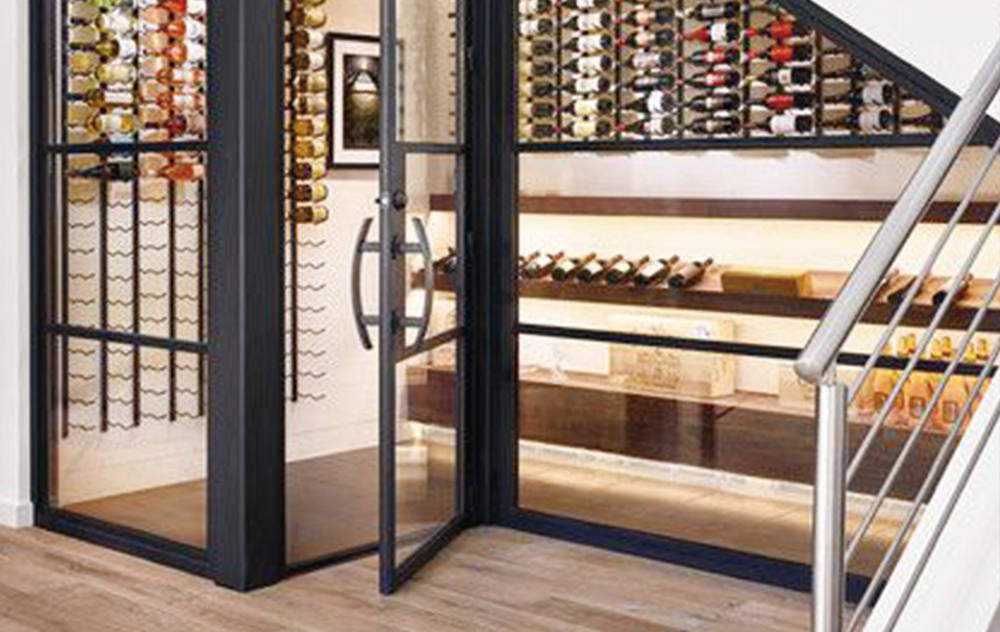How to taste wine in four steps?
Wine tasting is something anyone can do, all you need is a glass of wine and your brain.
There are four steps to wine tasting: see, smell, taste and say. Let's take them one by one.
First, look - vision
Carefully observing the appearance of the wine is the first thing to do when tasting wine. The appearance of a wine can provide information about the vintage of the wine, how long it has been aged, its present condition and even its acidity. Generally, it is necessary to analyze from three aspects: clarity, color intensity, and color.
1. Color: Simply put, red is red wine, peach is rose wine, white is white wine. The words describing the color can generally be: red: brick red, gem red, cherry red, strawberry red, rose red, garnet red, etc.; White: crystal white, light yellow, light gold, amber, straw yellow, straw yellow, etc. When describing the color, the color of the middle and the edge of the wine is different, and the color of the edge is OK when describing the color.

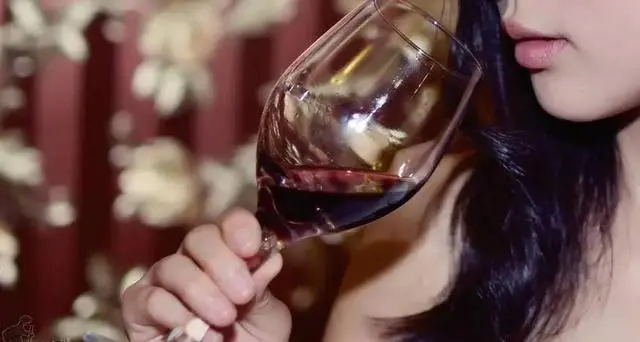
2. Color intensity: the color of wine mainly comes from the grape skin, because red wine does not take the peel brewing process, so the color will be much darker, and white wine generally needs to be peeled brewing, so the color is lighter. The pigment of wine will gradually fade as the wine ages. Experienced wine tasters will guess the vintage of a wine based on the change in color. Of course, the factor that should be the color of wine is not only the year, but also related to other factors.
3. Clarification: Observe whether the wine has impurities, whether it is transparent, cloudy or not?
Good wine needs to be clear and transparent. If it is cloudy, it may be contaminated by bacteria, or it contains certain impurities and is not filtered. Of course, some good wines also have precipitation, but be sure to understand that precipitation does not mean turbidity. White wine is often more prone to precipitation than red wine, some white wine is not stable treatment, there will be tartaric acid crystallization, that is, "wine diamond". Aged red wine is often precipitated, the sediment is generally tartaric acid crystallization, peel precipitation, lees and protein, and now there are many good wines will be incomplete filtration to retain the wine's own flavor. The preservation state of the wine can be reflected by the location of the sediment, if there is sediment on one side of a bottle of wine, it means that the bottle of wine is kept lying for a long time. Decanter is used to decanter wines that have settled.
2. Smell -- smell
After pouring the wine into the glass, before the shaking cup, you can smell it, at this time the nose to accept the aroma, called "static aroma", this aroma is very weak, and then light shaking cup, so that the aroma of the wine body slowly distributed, little by little to feel its aroma. Remember not to keep shaking the glass.
Sort out the aroma vocabulary that is often used to avoid the situation that it is difficult to summarize the aroma.

Red berry flavor: cherry, strawberry, cranberry, raspberry, etc., mostly appear in sweet aroma, lighter color red wine, such as Pinot Noir, Camry, Grenache and so on.Red berry flavor: cherry, strawberry, cranberry, raspberry, etc., mostly appear in sweet aroma, lighter color red wine, such as Pinot Noir, Camry, Grenache and so on.
Black berry flavor: blueberry, black plum, mulberry, black currant, etc., often appear in rich aroma, dark red wine, such as syrah, Cabernet Sauvignon.
Fruit fragrance: citrus, lemon, green apple, etc., mostly appear in white wine, such as Chenin blanc, Sauvignon Blanc, Riesling and so on.
Other aroma words: Truffle, earth, mineral smell, grass, green tea, roasted almonds, rose flowers, etc.
3. Taste -- taste
Taste refers to the taste of the wine, which mainly depends on the sweetness, acidity, tannin and aftertaste.
Sweetness: Wine is divided into sweet, semi-sweet, dry and semi-dry, sweet type has the highest sugar content, dry type has the least sugar content, we need to appreciate the taste.
Acidity: How to achieve sweet and sour balance, full body, is the main need to taste. If the acidity is too high, it is too acidic, if it is too low, it will lack vitality.
Tannins: Tannins are mainly found in grape skins, seeds and stems, and the content of tannins can determine the flavor of the wine. Structure and texture. Dry wine most need tannin to express its structure, if the lack of tannin, the body will be thin and weak, tannin rich red wine can withstand storage, in the baptism of the years to show more perfect posture.
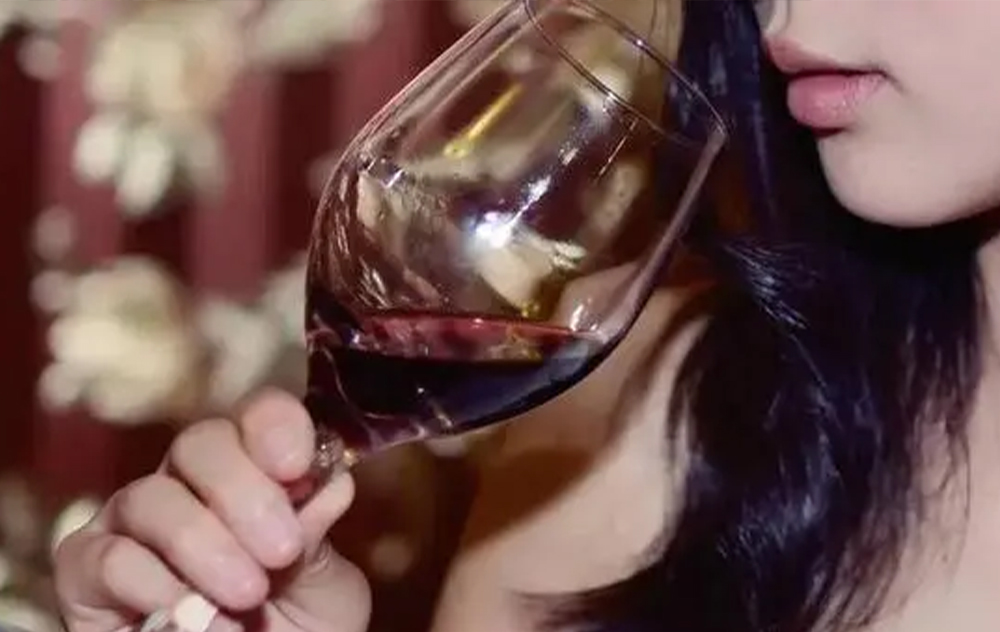
Aftertaste: After swallowing a sip of wine or spit out, the aroma begins to unfold slowly in the mouth, and the complex aroma is unraveled one layer after another. Long and complex is the expression of good wine.
Fourth, say - summarize
The general rating starts from 50 points, and the remaining 50 points are made up of the other four components, flavor and structure: 20 points; Aroma: 15 minutes; Overall quality and potential :10, color and appearance: 5.
How to say and how to say it is a very important link, can be described step by step through the previous three steps of the record, wine will not appear big problems.






